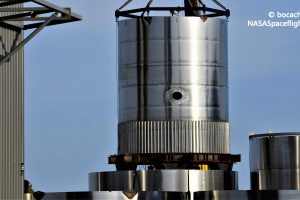Fourteen years after winning its first major NASA contract, data shared by Aviation Week reporter Irene Klotz shows that SpaceX has usurped every other major aerospace company in the US to become the space agency’s largest for-profit vendor.
SpaceX’s ascension up those ranks has been arduous and far from guaranteed, but the company now provides NASA with a wide range of relatively affordable spaceflight services. SpaceX was paid a record $2.04 billion for those services in the 2022 fiscal year. Only the California Institute of Technology (Caltech), a nonprofit that includes the entirety of the Jet Propulsion Laboratory (JPL) and received $2.68 billion in the same period, ranks higher on NASA’s list of FY2022 vendors. Boeing came in third with $1.72 billion, followed by Lockheed Martin with $1.34 billion.
CARGO
NASA kickstarted its relationship with SpaceX in December 2008 when it awarded the company a $1.5 billion contract to develop the first versions of the Cargo Dragon spacecraft and Falcon 9 rocket and deliver cargo to the International Space Station (ISS). Famously, founder and CEO Elon Musk once told 60 Minutes that, to a degree, NASA’s contract saved SpaceX from imminent bankruptcy and possible dissolution.
Saved by the infusion of resources, SpaceX successfully debuted Falcon 9 in June 2010 and began operational ISS cargo deliveries under NASA’s Commercial Resupply Services (CRS) program in October 2012. Aside from a survivable engine failure on CRS-1 (2012) and one catastrophic Falcon 9 failure on CRS-7 (2015), NASA and SpaceX’s CRS cooperation has been a thorough success. SpaceX is just a few weeks away from CRS-26, which will likely become Cargo Dragon’s 26th successful ISS cargo delivery in 10 years.
NASA ultimately paid SpaceX $3.04 billion to complete its first 20 CRS missions. SpaceX’s newer CRS-2 contract, which bore launches in January 2021, has 15 missions on contract and will likely cost NASA another $3.5 billion by the mid-2020s. SpaceX launches an average of three CRS missions per year, likely translating to about $700 million in annual revenue. SpaceX completed two Cargo Dragon launches for NASA in FY2022.
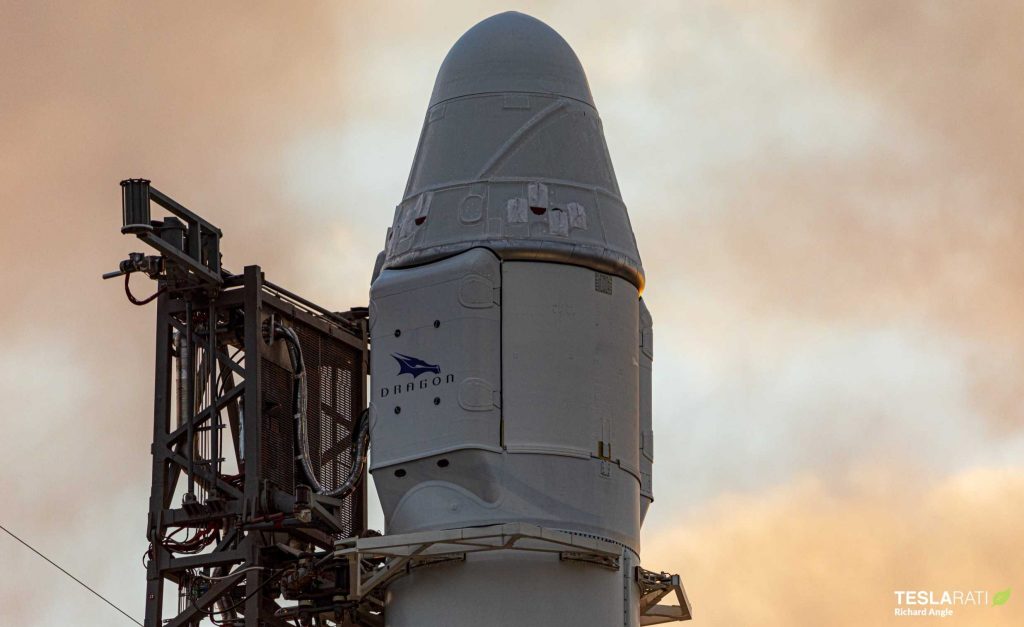
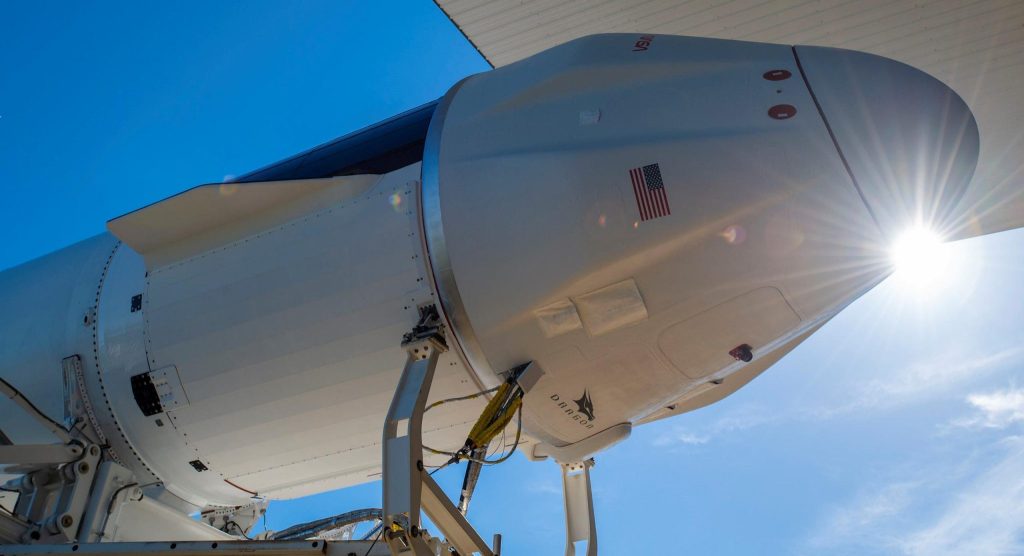
CREW
The second biggest contributor to SpaceX’s NASA revenue is Crew Dragon. In 2014, NASA contracted with SpaceX and Boeing to independently develop spacecraft capable of safely transporting astronauts to and from the International Space Station (ISS), taking over the role the Space Shuttle and Russian Soyuz spacecraft filled from 2000 to 2020. Crew Dragon completed its first uncrewed orbital test flight in March 2019 and its first crewed test flight in May 2020. Operational launches began in November 2020.
Subverting all expectations, Boeing’s Starliner crew capsule completed its first fully successful uncrewed test flight in May 2022, a full three years behind SpaceX. Starliner’s first crewed test flight is now scheduled no earlier than (NET) February 2023, while its first operational astronaut launch is tentatively scheduled for Q3 2023 at the earliest. Thanks to Boeing’s woeful performance, SpaceX has been responsible for launching every NASA astronaut (save one) since late 2020 and will continue to do so well into 2023. That means that SpaceX is on call for two Crew Dragon launches per year for NASA, whereas the Commercial Crew Program originally hoped that SpaceX and Boeing would each launch once per year.
In 2022, NASA took the extraordinary step of purchasing eight additional Crew Dragon launches while buying zero extra Starliner launches. Through 2030, SpaceX is now under contract to complete 14 operational Crew Dragon missions for NASA for $4.93 billion – less than the $5.1 billion NASA will pay Boeing for just six operational Starliner launches. For its first six operational missions, SpaceX is charging NASA about $220 million apiece. For Crew-7 through Crew-14, SpaceX will charge approximately $290 to $300 million per mission.
SpaceX completed two Crew Dragon launches for NASA in FY2022.
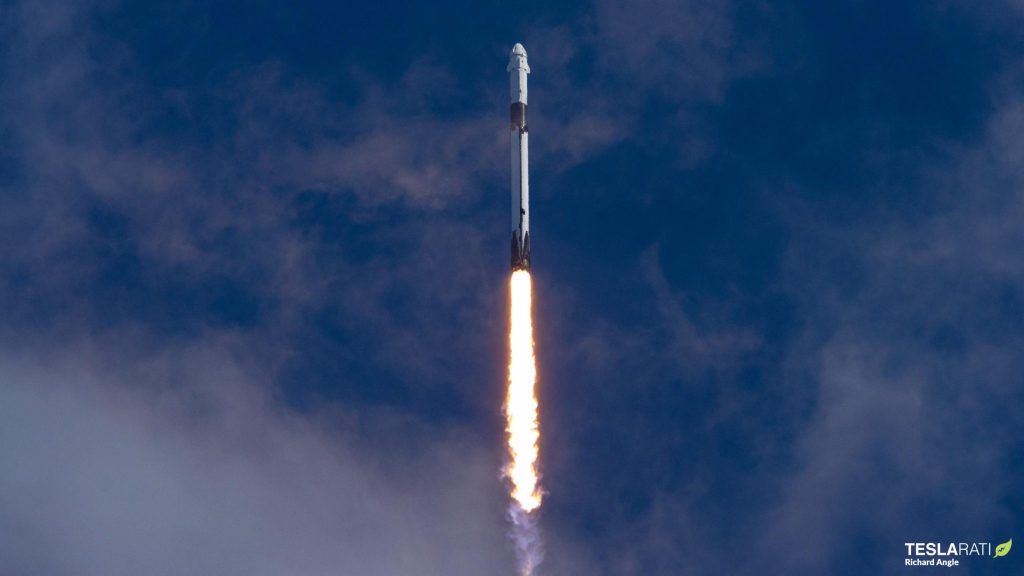
FALCON
Aside from launching Dragons for NASA, SpaceX’s Falcon 9 and Falcon Heavy rockets are also heavily relied upon to launch a wide range of scientific spacecraft through the Solar System. Since 2010, NASA’s Launch Services Program (LSP) has paid SpaceX almost $1 billion to complete six launches (worth about $400M) and prepare for at least nine others. The nine additional LSP launches SpaceX is scheduled to complete between November 2022 and June 2026 will cost NASA around $1.4 billion. Five of those missions will use SpaceX’s larger Falcon Heavy rocket and represent more than $1 billion of that $1.4 billion.
In FY2022, SpaceX completed two NASA LSP launches for about $120 million.
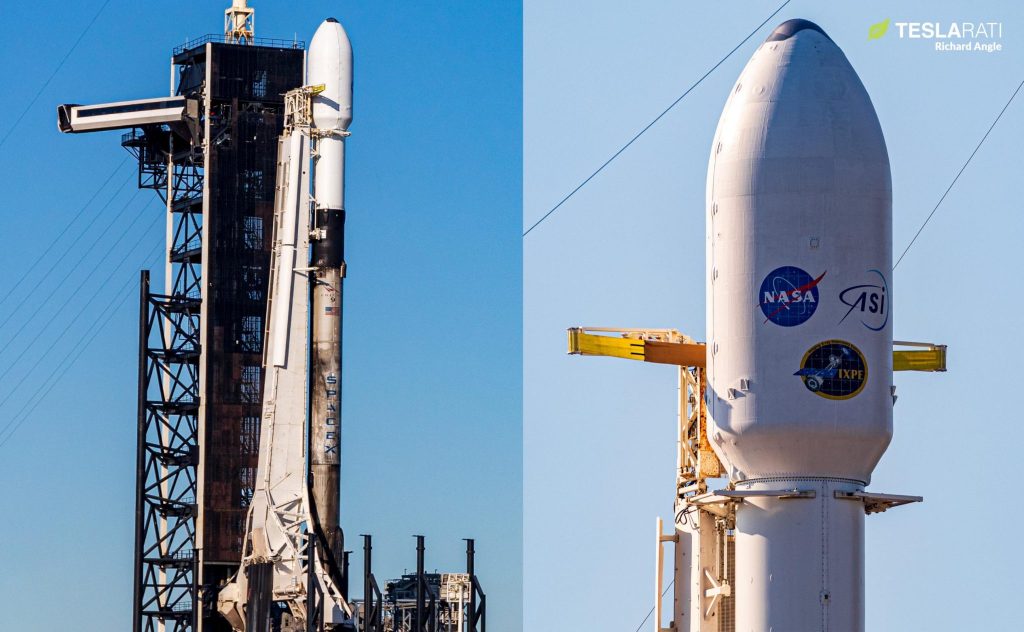
STARSHIP
Finally, the last major line item on NASA’s SpaceX expenditures is focused on Starship. In April 2021, NASA awarded SpaceX a $2.9 billion Human Landing System (HLS) contract (~$3 billion including previous funding) to develop a Starship-derived Moon landing system capable of transporting astronauts to and from the lunar surface. Since 2020, NASA has paid SpaceX $1.26 billion for its work on HLS, more than $800 million of which was disbursed in FY2022.

All told, a rough estimate of the four programs above accounts for about $1.82 billion of the $2.04 billion NASA paid SpaceX in FY2022. SpaceX was also paid about $50 million for work on its 2024 launch of Europa Clipper, leaving about $170 million that can probably be explained by other advance payments for work on upcoming Dragon and LSP launches.





